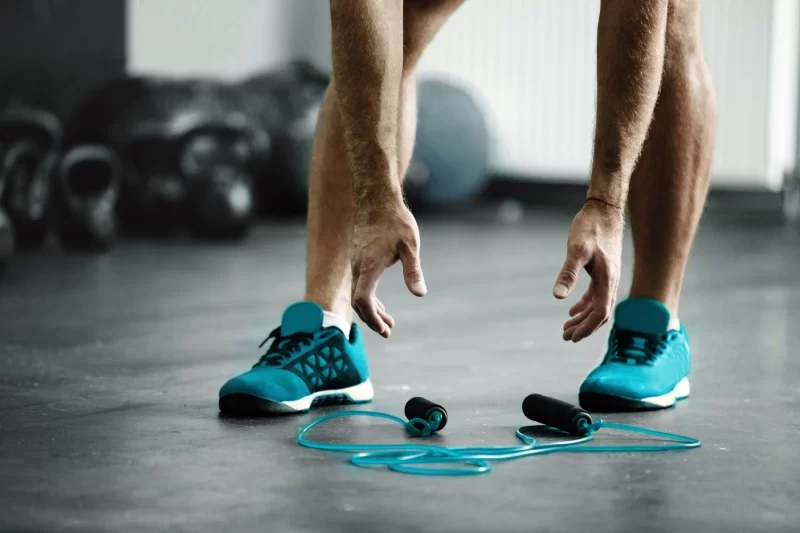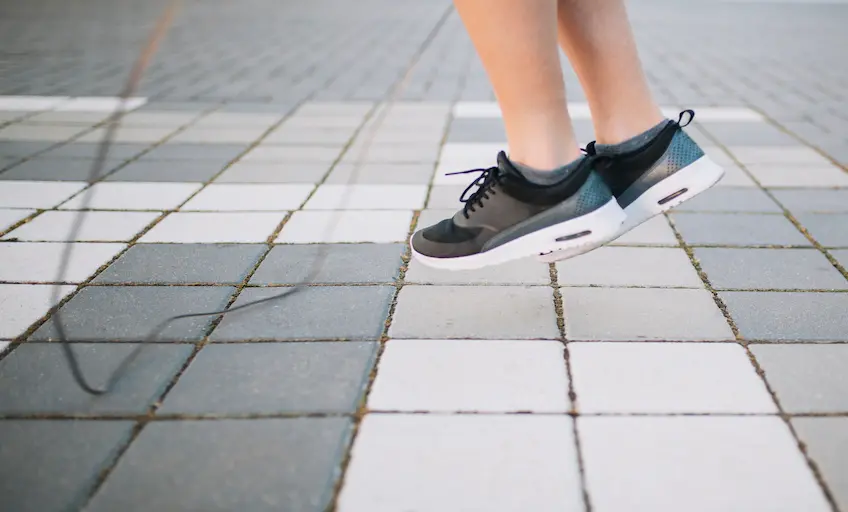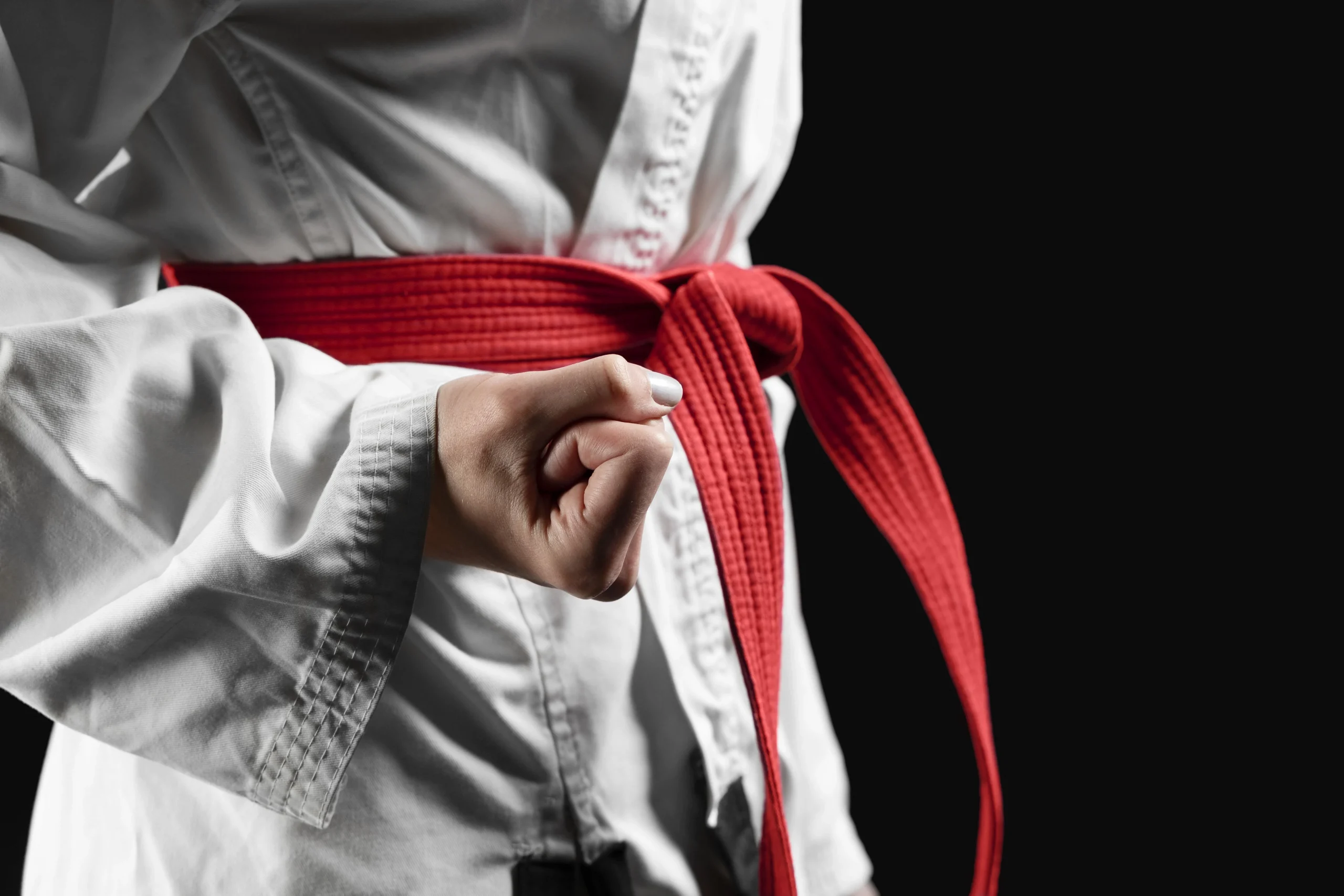Jumping is a fundamental body movement that is useful in everyday activities. It strengthens the gluteus medius, a muscle near the hip. Jump training exercises can enhance strength without using weights and improve reflex action.
Why does jumping higher matter?
Jumping is the ultimate equipment-free physical activity for improving your core strength. Despite its advantages, many prefer to avoid jumping exercises because of prior injuries. These challenging exercises demand focus, straining both the musculoskeletal and cardiovascular systems. Jump training stresses joints and tendons and, when increased gradually, strengthens these tissues. The impact of jumping exercises on the body depends on the height you jump from. Higher jumps or landing on one foot increases stress compared to lower jumps or landing on both feet.
Increased power and explosiveness for other activities
Training to improve your jumping stamina boosts your body’s strength. These exercises strengthen fast-twitch muscle fibers, which are crucial for quick, powerful movements. Furthermore, the strength gained from jump training contributes significantly to lifting heavier weights, benefiting anyone looking to improve their overall strength.
Improved overall fitness and endurance

The repetitive nature of jumping exercises, especially with proper rest, enhances lung capacity and stamina. This means you will get better at jumping and improve your ability to perform any prolonged physical activity, whether running, cycling, swimming, or playing a team sport. Moreover, jumping exercises can burn many calories, allowing you to manage your weight.
Enhanced coordination and agility
Jumping exercises can help train your nervous system and lead to smoother, more controlled motion in your day-to-day activities. Improved agility and coordination enhance and reduce your body movements through quicker responses and unpredictable changes in movement and the immediate environment.
Top exercises to increase vertical jump
Discover the most effective exercises to improve your vertical jump and enhance performance.
Aerobic training for long-lasting jumping stamina

A simple warm-up session can include on-the-spot jogging or fundamental stretching exercises, which relax muscles and prepare the body for the workout.
Jumping ropes
This exercise involves the whole body and requires coordination and rhythm. Regular practise improves heart health, lung capacity, and endurance, enabling you to sustain longer periods of jumping activity without fatigue.
Squats
Squats strengthen the core and lower body muscles, including the quadriceps, hamstrings, and glutes. You can also try variations like jump squats, which add an aerobic component and increase heart rate and stamina. Regular squat training enhances the ability to perform jumps and other aerobic activities.
On-the-spot jogging with overhead reaches
This jogging exercise can improve the strength of your upper and lower body. It engages the legs and abs while simulating the benefits of jogging. This exercise is particularly effective for toning muscles and improving cardiovascular health.
Single-leg deadlifts with jump
This advanced exercise develops stability as you explosively jump upward using one leg at a time. If this movement is too challenging, first work on mastering the plyo reverse lunge with a jump.
How to do it:
- From a standing position, extend your right foot behind you, keeping it off the floor if possible.
- Lean forward to align your torso parallel to the floor.
- Extend your right hand down toward the floor.
- Raise your right foot behind you until it reaches hip height.
- Jump explosively straight up while lifting your left foot.
- At the same time, raise your right knee in front of you and extend your left arm overhead.
- Return to the starting position.
- Complete 2–4 sets of 3–10 repetitions on each side.
Burpees
This exercise builds strength, endurance, and cardiovascular fitness. Burpees engage your entire body, giving you the power to jump explosively. If you want to make them easier or more challenging, you can vary the types of burpees you do.
How to do it:
- Position your feet shoulder-width apart, then lower your hips back and down into a squat stance.
- Press your palms into the floor before you, just inside your feet.
- Jump, walk, or step both feet back into a high plank position.
- Perform a push-up.
- Jump, walk, or step both feet toward your hands until you are back in a squat.
- Jump explosively and extend your arms overhead.
- Perform 1 to 2 sets of 10 to 16 repetitions.
Forward linear jumps
This exercise targets your core, hips, and thighs. Forward linear jumps allow you to practise jumping both forward and upward. To intensify this exercise, perform the next jump immediately after landing instead of returning to the starting position.
How to do it:
- Position your feet directly beneath your hips and your arms alongside your body.
- Engage your core as you draw your shoulder blades back and down.
- Shift your hips back and down into a squat position.
- Keep your elbows straight while extending your arms behind you.
- Jump forward by pushing with your feet and straightening your legs. At the same time, extend your arms overhead.
- Pull your legs forward as you land. To lessen the impact, bend your knees and hinge your hips slightly forward, lowering into a squat position. Keep your gaze on your landing place.
- Once you land, rise to return to the starting position.
- Perform as many repetitions as possible while maintaining proper form.
Rebounding
Rebounding is a form of aerobic exercise performed on a mini-trampoline. It is an excellent way to enjoy the sensation of jumping and being airborne while reducing stress on your joints. You can experiment with various trampoline exercises if you are interested in rebounding. Spend a few minutes on each type or concentrate on one exercise longer. You might also try:
- Jogging: Begin with a simple jog to become comfortable on the trampoline. You can either keep your back straight or lean back slightly while lifting your knees. Start by raising your knees just a few inches. As you gain confidence, elevate your knees to the height of your hips or chest.
- Intervals: For 20 seconds, jump vigorously up and down or side to side, or perform jumping jacks. Then, rest or jump slowly for 10 seconds. Aim for at least 7 intervals, gradually extending the work phase to a minute or longer.
These exercises enhance muscle strength and coordination and boost overall health and well-being when practiced daily. To develop a fitness plan, consult a gym trainer or a physician.
How to improve vertical jumps?
Here are several tips to help you jump higher:
- Warm up your body prior to doing jumping exercises.
- For each exercise, ensure your form is perfect before increasing the height of your jump.
- Keep a slight bend in your knees.
- Land softly and gently. If landing stresses your body, place foam tiles or cushions on the floor beneath you.
- Leverage the momentum of your arm swing to assist in pulling your body higher.
- When jumping and landing, keep your feet level with each other.
- When you land, always distribute your weight evenly between both sides of your body.
Supporting exercises to improve vertical jump performance
In addition to jumping exercises, incorporate cardiovascular and strength training into your fitness program by adding these sessions to your weekly routine.
Cardio fitness promotes overall health and makes daily activities easier. Additionally, it reduces stress levels, enhances mental function, and improves circulation.
Building muscular strength adds power to all your movements. It can also assist in managing chronic health concerns, strengthen your bones, and enhance your overall quality of life.
To enhance your performance and move with greater ease, perform joint mobility exercises, either independently or as a warm-up for your workout. These dynamic stretches will improve your strength and flexibility, positively affecting your range of motion. This may also aid in increasing your jumping height and speed while reducing pain.
When to consult a trainer?
Consult a fitness professional or coach if you are new to exercise or seek extra guidance on achieving your fitness goals. A personal trainer can be helpful if you have health issues or injuries that impact your physical ability, including concerns about your hips, knees, or ankles.
A professional can determine which exercises are most suitable for you. They will design a customized routine based on your fitness level and goals. It is essential to learn how to perform jumping exercises correctly and safely.
Some jumping exercises are high-impact and may stress or injure your body. A personal trainer can help you modify challenging exercises, provide constructive feedback, and teach you proper form.
Jump higher with smart training
You’ll see real gains in your vertical jump by staying consistent, focusing on proper form, and incorporating the right exercises. Stay patient, train smart, and the results will follow.
FAQs on how to jump higher
Got questions about jumping higher? Check out these FAQs for quick, expert-backed answers.
- How can stamina be increased for jumping?
Combine plyometric exercises with cardio workouts like running, cycling, or skipping to boost stamina for jumping. Focus on full-body strength training, proper nutrition, and recovery to maintain energy and endurance during repeated jumps.
- What are 3 tips to increase stamina?
Here are three tips to help you increase your stamina:
- Stay consistent with cardio activities such as jogging, swimming, or HIIT to build endurance.
- Consume balanced meals. Nourish your body with carbohydrates, protein, and healthy fats.
- Prioritize rest and recovery. Quality sleep and rest days help improve your stamina over time.
- What is the best exercise to improve jumping?
The depth jump is among the most effective exercises for increasing vertical jump. It trains explosive power and helps your body react quickly off the ground. Other excellent options include box jumps, squat jumps, and weighted squats.
- Is 100 skips a day good?
Yes! Doing 100 skips daily is a great way to build coordination, cardiovascular endurance, and leg strength. As your stamina improves, you can gradually increase the number or intensity for even better results.
Key Takeaways
- Jumping higher enhances power and explosiveness for other activities, improves overall fitness, and boosts agility.
- To enhance vertical jump and improve performance, jump rope, perform squats, and do burpees.
- Warm up your body before performing jumping exercises, ensure your form is correct, and land softly and gently.
- In addition to jumping exercises, add cardiovascular and strength training to your fitness program.
Stay tuned to the Activ Living Community. Keep up to date with the latest health tips and trends through expert videos, podcasts, articles, and much more in nutrition, fitness, mindfulness, and lifestyle conditions like Asthma, Blood Pressure, Cholesterol, and Diabetes. Activ Living ke saath sahi sehat ki shuruaat ABHIkaro.
You may also be interested in the following blogs:
- 4 Yoga For Energy: Their Health Benefits And Steps!
- Essential Kettlebell Exercises For A Healthier You
Popular Searches
How to lower blood pressure | Fruits good for liver | Unhealthy foods | Ragi Benefits | Basal Metabolic Rate | Acupressure points for High Blood Pressure | Ayurvedic medicine for blood pressure | How to control cholesterol at home | Homeopathy for Asthma | Biological Age | Home remedies for TB | Natural beta blockers | Negative effects of internet | Types of walking | Blood pressure calculator | Blood sugar calculator | BMI Calculator





 1800-270-7000
1800-270-7000





